Anna: The City of Water
Saturday, August 30, 2025
Nestled in the heart of Spain's Valencian Community, the municipality of Anna is a true natural and historical gem, often celebrated as "The City of Water." Defined by its abundant springs, lakes, and breathtaking waterfalls, Anna offers a perfect blend of serene natural beauty and rich cultural heritage. This comprehensive guide will help you plan an unforgettable trip, from leisurely moments by the water to adventurous hikes through its stunning landscapes.
The centerpiece of Anna's watery world is the Lago Albufera de Anna, a tranquil oasis just a kilometer from the town center. What began as a vital reservoir during the Almohad period is now a cherished tourist destination, seamlessly blending its historical function with modern recreation.

The lake area is a haven for relaxation and fun. Surrounded by tall pines and plane trees, it's the perfect spot for a leisurely stroll. The calm waters are home to a diverse array of wildlife, including ducks, geese, herons, and various fish. Visitors can enjoy a variety of amenities and activities:
-
Lakeside Recreation: Rent a boat to explore the surface of the lake, or simply relax on one of the many benches and take in the serene views.
-
Swimming: Beat the summer heat with a refreshing dip in the natural swimming pool or, during the warmer months (late June to early September), in the municipal swimming pool.
-
Family Fun: The little ones will love the dedicated children's park, while the whole family can get lost in the Laberinto del Lago, a remarkable plant labyrinth located near the campsite.
For those planning to extend their stay, the Municipal Campsite is an excellent option. Please be aware that the campsite is currently undergoing a comprehensive reformation. It is anticipated to reopen in March, offering renovated facilities and a renewed experience for campers. It's advisable to check for an official reopening date directly with Tourist Info Anna before planning your trip to ensure it is fully operational.
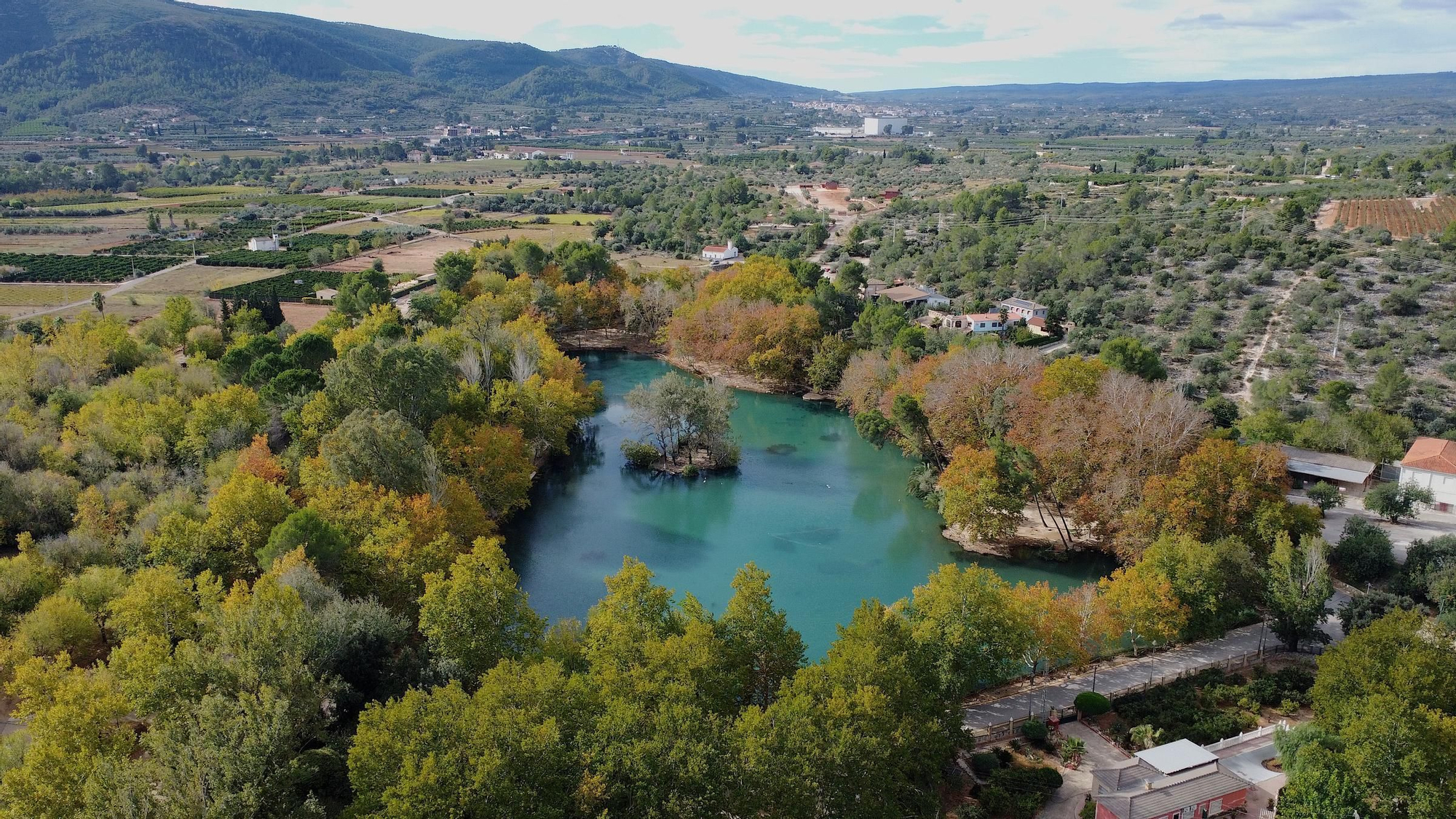
While the Albufera is the main draw, the town of Anna itself is worth exploring. Its historical and natural attractions are deeply connected to its water-rich identity.
-
Palacio de los Condes de Cervellón: A visit to this magnificent palace is a must. Built over the ruins of an ancient Almohad castle, it showcases a beautiful blend of Arabic and Christian architectural styles. The palace also houses the Ethnological Museum and the Water Museum, which provide fascinating insights into the town's history and its relationship with this vital resource.
-
The Fountains and Waterways: Take a stroll through the town center to discover its numerous urban fountains, such as those in the Plaza de la Alameda. The town's historical irrigation channels and water-related constructions are a constant presence, telling the story of Anna's prosperity.

For the more adventurous, a journey into the natural wonders surrounding Anna is essential. The Ruta de las Tres Cascadas (Route of the Three Waterfalls) is a breathtaking trail that showcases the area's most spectacular features.

-
Gorgo Gaspar: The first stop on the route is a smaller, but stunning waterfall and a beautiful, clear natural pool.
-
Cascada de los Vikingos: The second waterfall is the most powerful and impressive, requiring a more challenging trek to reach.
-
El Salto and Gorgo de la Escalera: The grand finale of the route is the Gorgo de la Escalera, a famous canyon featuring a magnificent 25-meter waterfall. The site is equipped with 136 steps for direct access to the water, making it a popular and accessible spot for wild swimming.
Walking Routes:
-
The Full Route: A challenging 3 km trail with difficult sections. Recommended for intermediate hikers. The full loop can take up to 3 hours or more with stops for photos and swimming.
-
Direct Access: For those who prefer a simpler journey, you can drive to the Gorgo de la Escalera parking area and take the stairs directly down to the pool.
.jpeg) Practical Tips for Your Trip Practical Tips for Your Trip
-
Entry Fee: There are entry fees to both the Albufera de Anna and the Route of the Three Waterfalls in high season. The tickets are sometimes sold separately, but can be combined depending on the time of year.
-
Regulations: Barbecues are strictly prohibited. Always respect the environment, use the provided trash cans, and keep pets on a leash.
-
What to Bring: For hiking, wear appropriate footwear with good grip and bring plenty of water and snacks.
-
Stay Connected: For the most up-to-date information on fees, hours, and campsite availability, contact Tourist Info Anna directly.
A visit to Anna is a deep dive into a landscape where nature, history, and culture are beautifully intertwined. Whether you choose to relax by the serene lake or explore the hidden waterfalls, you're sure to leave with unforgettable memories.
 2
Like
Published at 7:57 AM Comments (0)
2
Like
Published at 7:57 AM Comments (0)
A Watch Tower Where You Would Least Expect it...
Thursday, August 21, 2025
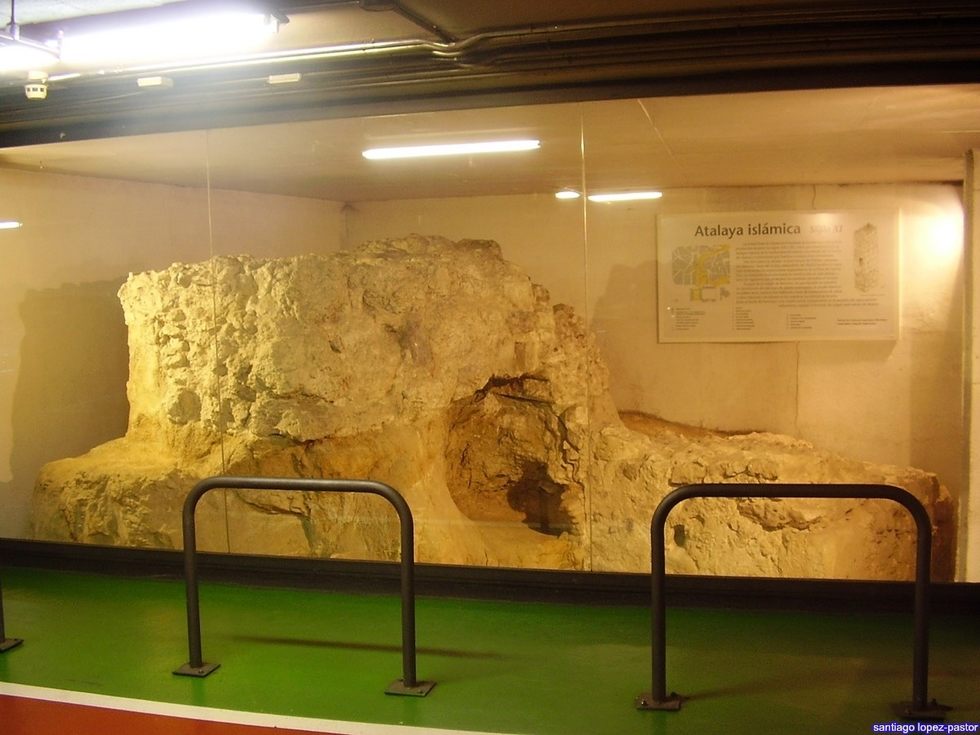
A part of one of the oldest towers in Madrid is nestled among the cars in a nondescript underground car park. Stumbling upon it is a treat for those looking for a place to park before heading to the Royal Palace in Madrid.
The Tower of Bones (la Torre de los Huesos) was built in the 11th century by the area’s Muslim inhabitants. It received its name because it was near Huesa del Raf, the ancient Islamic cemetery. The tower was built two centuries after the 9th-century construction of the walls of Mayrit, the medieval Muslim city that predates the Spanish one.
The looming structure was situated outside the citadel, where it functioned as a surveillance post over the old Arenal stream. When King Alfonso VI of Castile conquered Madrid in the early 11th century, the watchtower was incorporated into the Christian wall.


The Royal Palace now occupies the space the tower was built to guard. Bits of its base were discovered in 1996 during renovation work on the Plaza de Oriente by workers constructing an underground parking lot. The partially preserved remains are on display where they were found.
The carpark is situated in front of the Royal Palace in the heart of Madrid. The nearest tube station is "Opera."
 3
Like
Published at 3:06 PM Comments (0)
3
Like
Published at 3:06 PM Comments (0)
Ortiguillas de Mar: A Journey from Post-War Necessity to Prized Spanish Delicacy
Thursday, August 14, 2025
The shores of Andalusia, Spain, are home to a culinary secret that has captivated the palates of adventurous eaters for generations. This dish, known as ortiguillas de mar, transforms a humble marine creature—the sea anemone—into a crispy, flavourful delicacy that is a true testament to the region's rich seafood tradition.
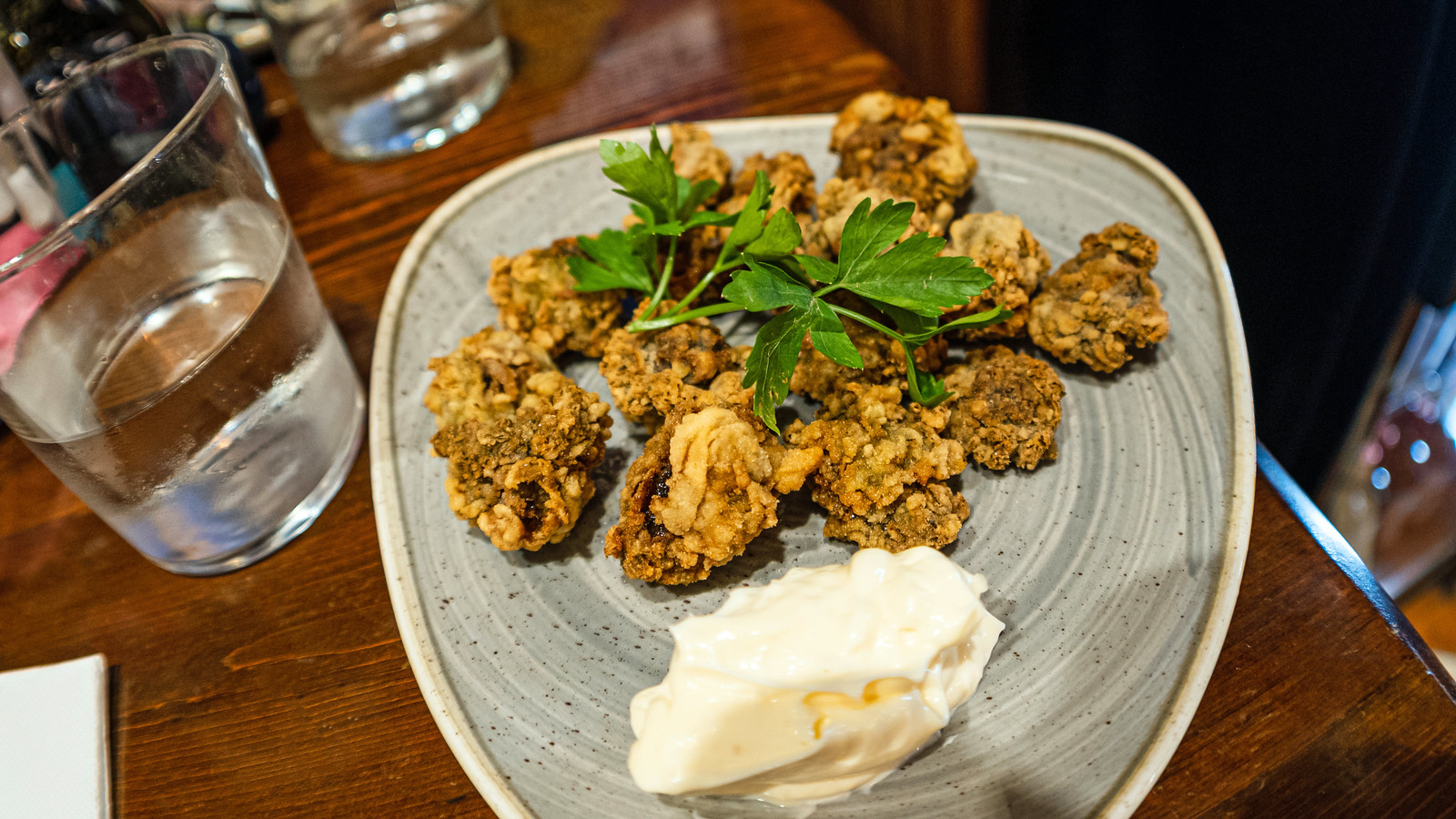
From the Sea Floor to the Frying Pan
Ortiguillas, scientifically known as Anemonia sulcata, are not plants as their appearance might suggest, but marine animals closely related to jellyfish and corals. Found clinging to rocks in the Mediterranean and Atlantic, these anemones use their vibrant green and purple tentacles, armed with stinging cells, to catch small prey. However, a simple preparation method renders them harmless and delicious.

Historically, ortiguillas were a food of necessity, consumed by coastal communities during the lean years of the Spanish post-war period. Over time, their unique flavour and texture elevated their status from a humble meal to a highly sought-after delicacy, celebrated in coastal towns, particularly in the Bay of Cadiz.
A Taste of the Ocean
The defining characteristic of ortiguillas is their intense and unforgettable flavour. Diners describe it as the concentrated essence of the sea, with a powerful taste that evokes shellfish, iodine, and fresh algae.
The texture is equally remarkable. The most common preparation involves a light batter or a dusting of flour before the anemones are deep-fried in hot olive oil. This process creates a delightful contrast between a crispy, golden-brown exterior and a soft, juicy, and creamy interior. This unique combination has earned them the affectionate nickname of "sea brains" among some gourmets.
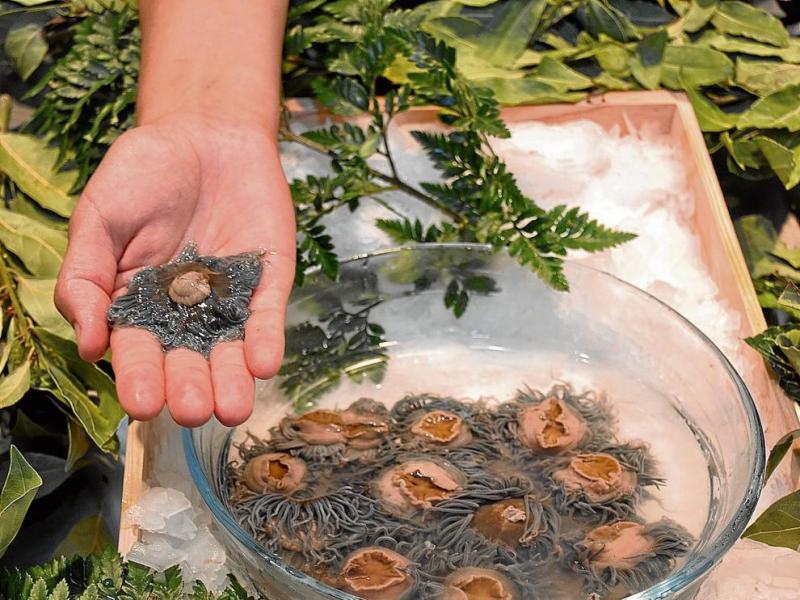
The Art of Preparation
Harvesting ortiguillas is a delicate and time-consuming process, as they are hand-picked from their rocky homes by divers. Because they lose their freshness quickly, they are best enjoyed as close to their source as possible, making them a true regional speciality.
The preparation is simple yet crucial. The anemones are thoroughly cleaned and rinsed, sometimes steeped in vinegar to help remove any impurities and neutralise the stinging cells. They are then coated in a batter, often made from flour, and fried until golden. They are typically served as a simple tapa, allowing their powerful and singular flavour to take centre stage.
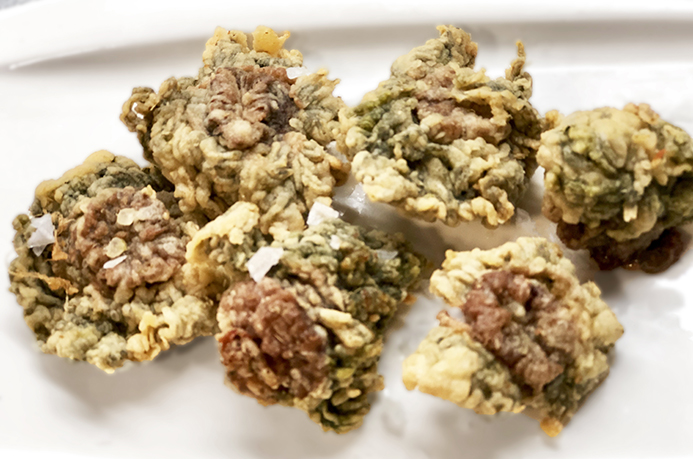
While frying is the most popular method, the versatility of ortiguillas has led chefs to incorporate them into other dishes, from enhancing the marine flavour of a rice dish to being a key ingredient in croquettes and scrambled eggs. Whether served on their own or as part of a more complex creation, ortiguillas de mar offer a delicious and unforgettable taste of Spain's coastal heritage.
 1
Like
Published at 7:25 PM Comments (0)
1
Like
Published at 7:25 PM Comments (0)
Spam post or Abuse? Please let us know
|
|